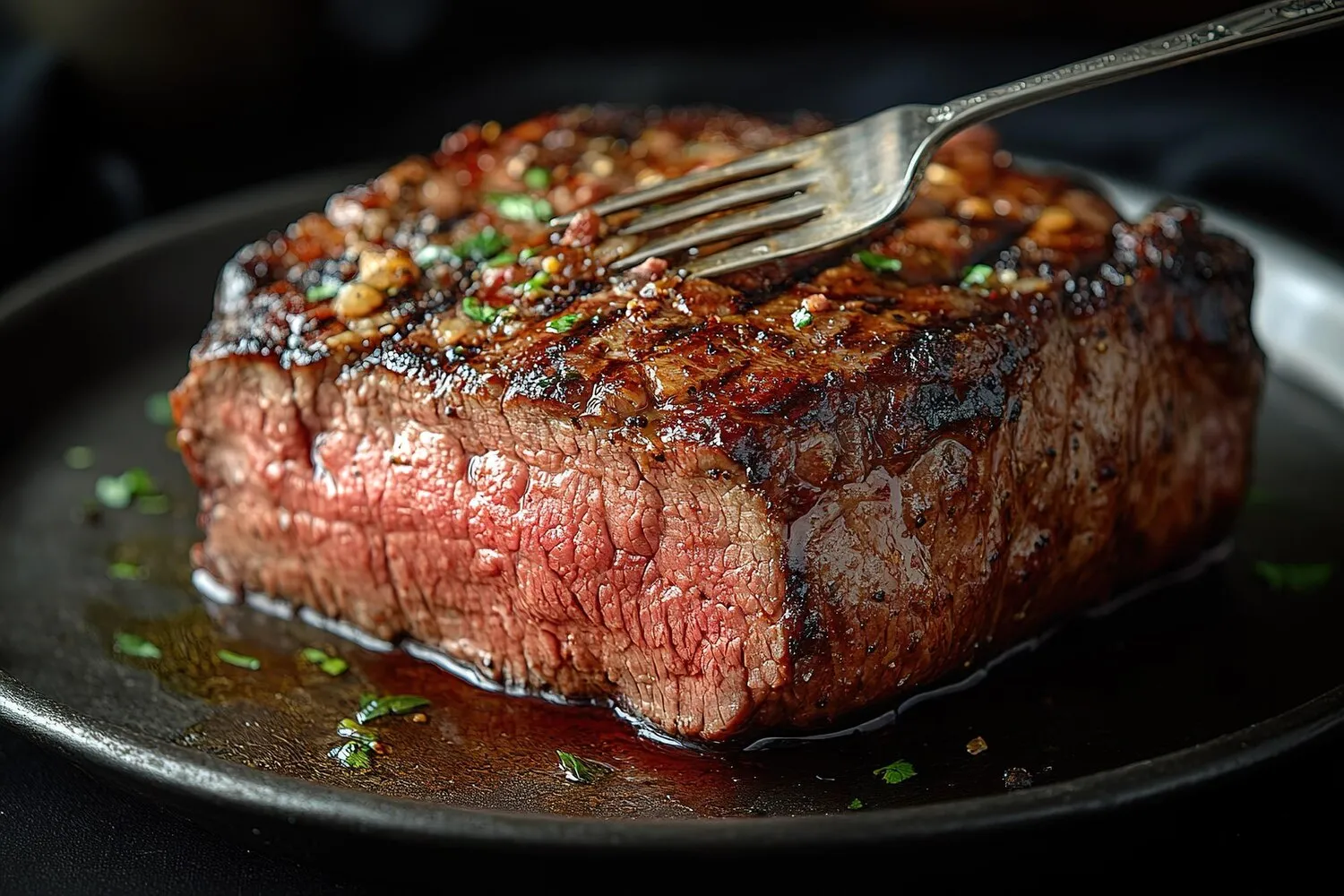
Grilled Meats and Seafood
Part of the buffet includes a selection of grilled meats and seafood items, freshly prepared.
Nutrition Facts
* The % Daily Value (DV) tells you how much a nutrient in a serving of food contributes to a daily diet. 2,000 calories a day is used for general nutrition advice.
Grilling meats and seafood has been a method of cooking since prehistoric times, dating back to when humans first learned to control fire. Cultures worldwide have independently developed their own grilling techniques and flavor profiles, adapting to available ingredients and culinary traditions. Buffets, offering a variety of grilled items, became popularized in the 20th century, making diverse culinary experiences accessible.
A grilled meats and seafood buffet often signifies abundance and celebration. It represents a communal dining experience where individuals can choose from a wide array of options, catering to diverse preferences.
Social Gathering
Buffets are commonly associated with social gatherings, family celebrations, and events where people come together to share a meal. The buffet format encourages interaction and allows guests to customize their dining experience.
Cultural Exchange
Grilled items from different cultures are often found in a buffet, providing an opportunity to experience new and exciting tastes. For example, a grilled chicken teriyaki next to a cajun spiced salmon promotes diversity in cuisine.
Choice and Customization
Buffets celebrate individual choice, allowing diners to select exactly what they want and to control portion sizes.
The flavors in a grilled meats and seafood buffet are incredibly diverse, depending on the marinades, rubs, and sauces used. Expect a balance of savory, smoky, and potentially spicy or sweet notes.
The selection typically offers a range of flavors. Meats might be marinated in soy sauce and ginger for an Asian-inspired taste, rubbed with herbs and garlic for a Mediterranean flair, or slathered in barbecue sauce for a classic American experience. Seafood could be seasoned simply with salt, pepper, and lemon, or coated in spices for a more complex flavor profile. Smoke is a key component of grilled flavor, imparted by the cooking process itself. Some items may incorporate chili peppers for heat, honey or maple syrup for sweetness, or citrus for brightness.
Freshness Check
Observe the food. Ensure that the grilled meats and seafood appear freshly prepared and are adequately heated. Avoid items that look dried out or have been sitting out for an extended period.
Temperature Matters
Hot foods should be hot, and cold foods should be cold. Use a thermometer to check if possible. The center of the meat should be cooked according to the standards established for food safety.
Cross-Contamination
Be mindful of cross-contamination. Use separate serving utensils for each dish to avoid transferring allergens or unwanted flavors.
Sauce Application
Sauces are often available on the side. Apply them sparingly, as some sauces can be high in sodium or sugar. Consider tasting the grilled item without sauce first to appreciate its inherent flavor.
Explore additional Grill dishes and restaurants
Explore GrillDiscover top dining spots and culinary experiences in Le Havre.
Explore Le HavreLearn more about the food culture, restaurant scene, and culinary heritage of France.
Explore France